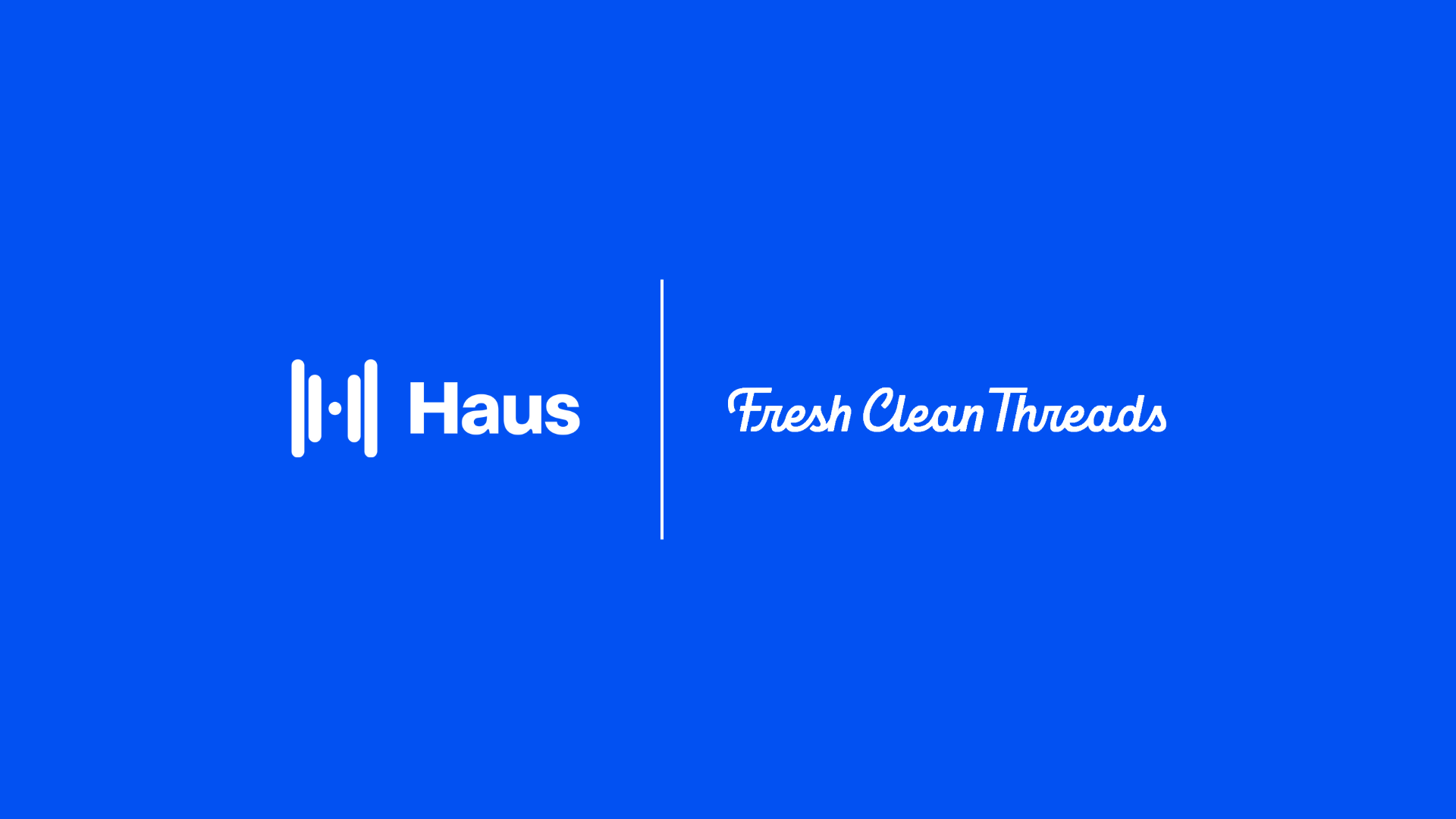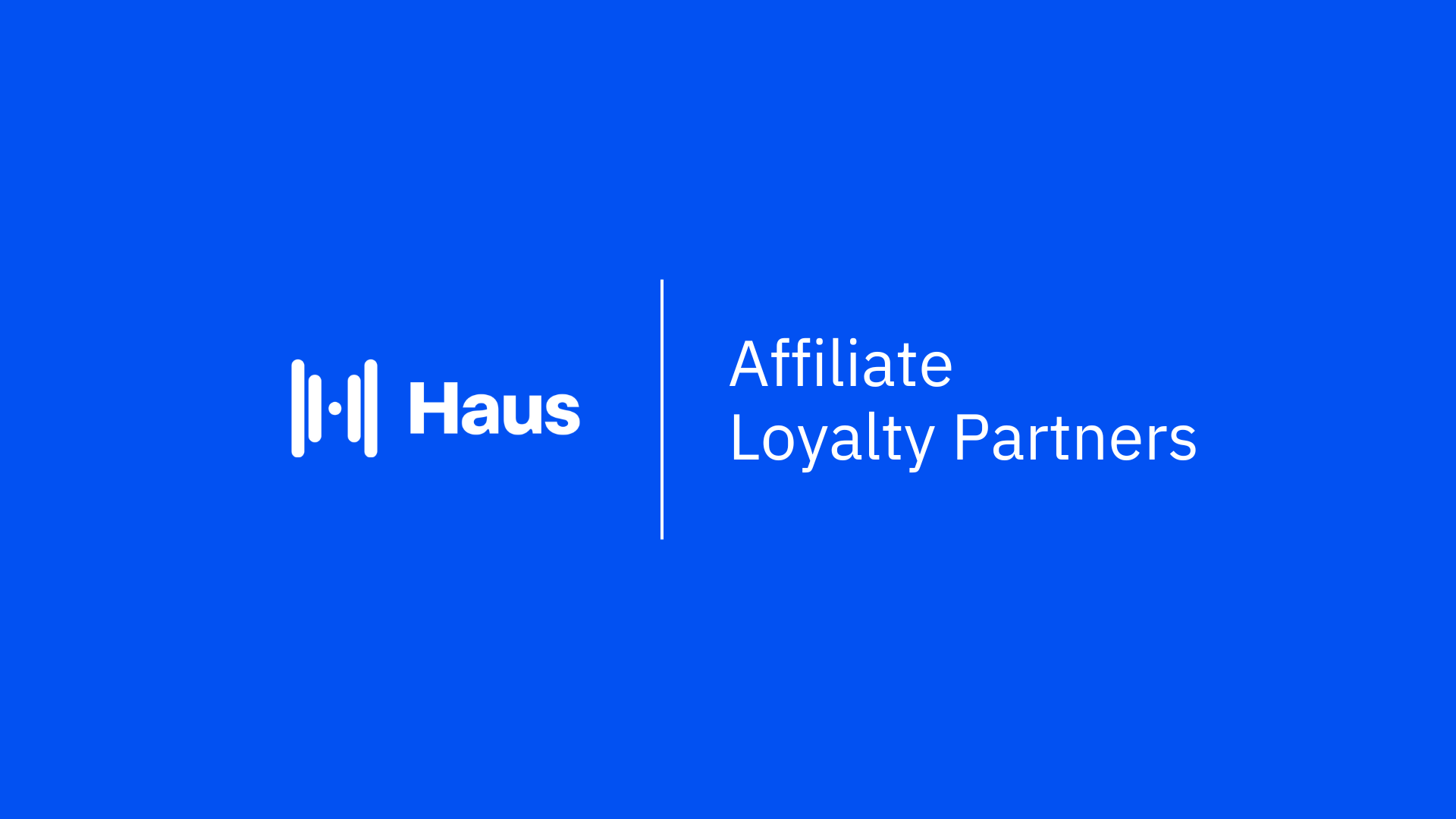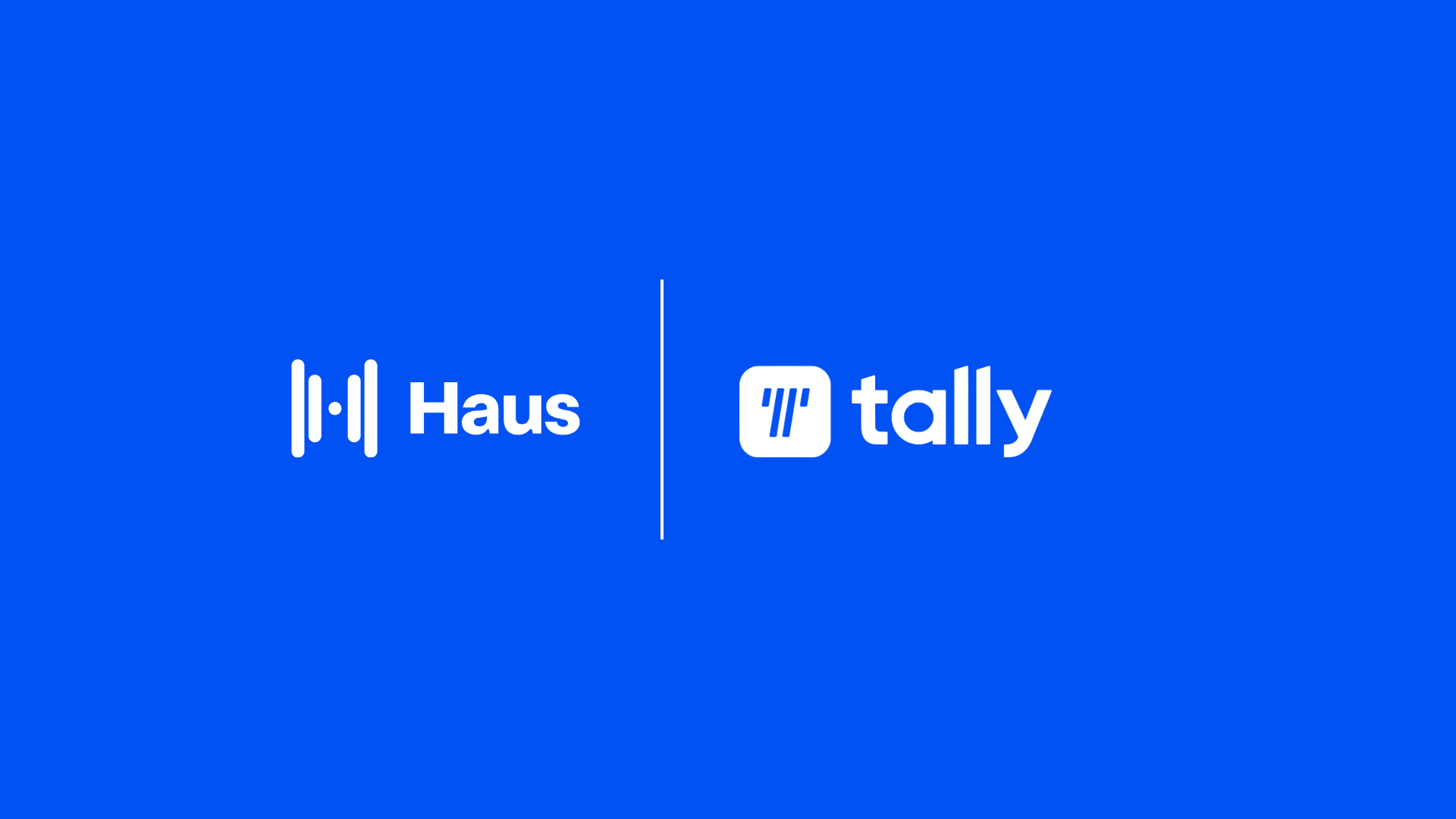Brand increases revenue by 200% by optimizing spend across the Google universe
August 23, 2023
The Challenge
A multi-billion dollar omnichannel brand operates across the globe, and their paid marketing spans across many countries. They previously measured performance media on a last-click basis for a more real-time view of paid media contribution, and calibrated it with a Marketing Mix Model (MMM) for a holistic channel understanding. Their most recent MMM results indicated that the acquisition costs for Google brand search might be more expensive than reported in Google Analytics. This led the brand to prioritize a series of search incrementality tests with Haus. They knew last-click attribution gave them a limited view of performance, and did not include retail sales data. The brand wanted to understand exactly what paid search was delivering to the business and how performance differed by country.
The Solution
They utilized Haus’s geo-experiment lift tool to run five separate paid search incrementality tests, starting with branded keywords. In a matter of weeks, they were able to determine that brand search was effective internationally where competition from retailers is higher, but drove more modest lift in the US. Last-click attribution made brand search appear to be highly performant in the US, but incrementality testing revealed that the return on ad spend was very different from Google Analytics, and also different across key markets.
Following these brand search geo-experiments, the brand then turned their focus to non-brand incrementality. After running a geo-experiment on non-brand search in the US, they discovered that last-click attribution was actually understating the impact of non-brand terms, and there was still significant room to scale efficiently. They re-invested part of their US brand search spend into US non-brand search to optimize spend allocation and business impact.
The Results
Discovering this pocket of inefficient spend and re-allocating it to an underfunded and highly incremental tactic allowed the brand to increase incremental revenue by 200%.
They also used these incrementality factors to calibrate last-click measurement and create an adjustment factor when reporting on performance to better reflect the true impact.













